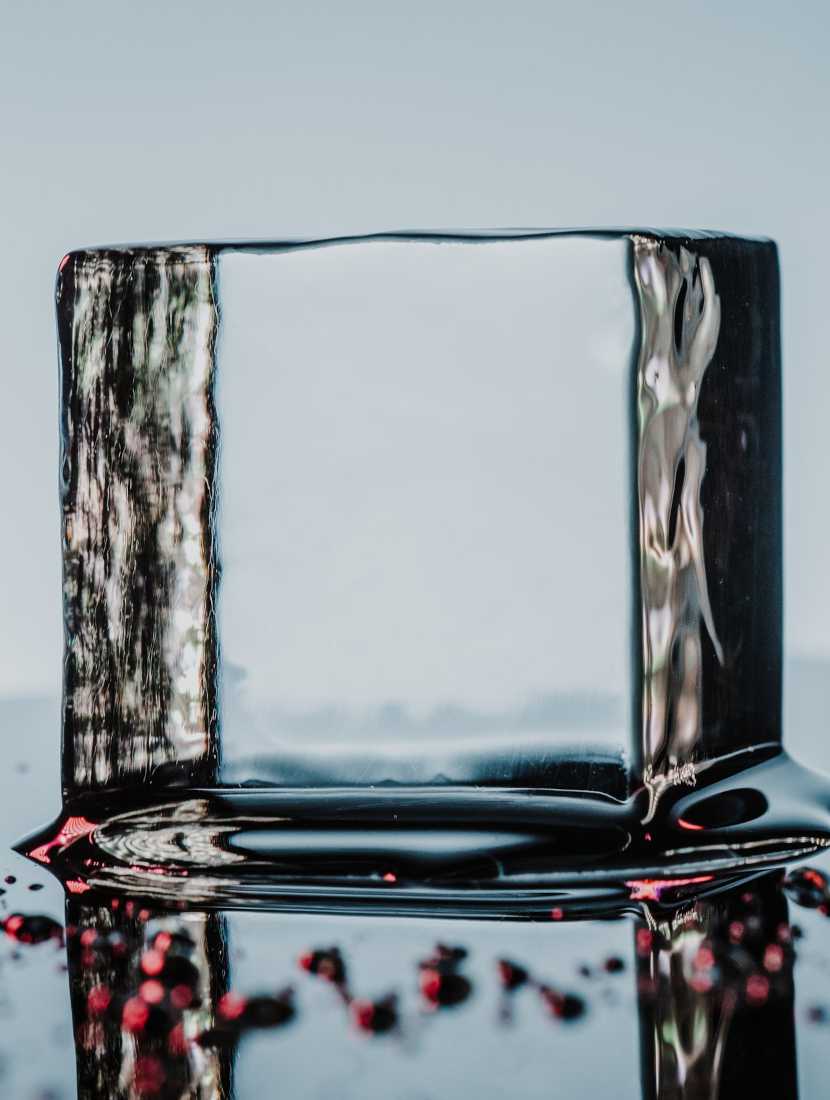Carolina Ice
Health & Safety
Important Facts About Ice
Have you ever really considered where your ice comes from? You may be surprised that all ice isn’t the same. In fact, people consume nearly two pounds of ice per day. If you didn’t realize - this makes ice a food. An important point we think about every day.
Ice can become contaminated. Viruses and bacteria can survive the cold temperatures of ice. Psychrophilic bacteria can survive cold temperatures. Regulation and sanitary inspections are not required.

To assure the highest quality of ice is distributed to our customers Carolina Ice is made from purified water in a fully automated manufacturing system which minimizes the risk of contamination.
Wrapped up with Great Service

Quality Assurance
Our facility is inspected by the following:
The International Packaged Ice Association quality certification assurance program
Federal Regulatory Authority
North Carolina Department of Agriculture Food and Drug Protection Division
US Department of Defense Approved Sources Division
(Listed in the Directory of Sanitary Approved Food Establishments for Armed Forces Procurement)

Additional Safety Measures
Code dating packages to enable a systematic recall if necessary.
Voluntarily send samples of product for testing to an independent certified laboratory on a weekly basis.
Daily in-house testing of the purified water used to make the ice and the finished ice product.
Purified Water Process
Activated Carbon Filtration is used to remove chlorine, chloramines, dissolved organic material, and odors from water.
By removing these elements from the water the overall taste is improved.
The Ion Exchange Water Softener is used to remove ions which cause hardness.
These ions include calcium and magnesium. Hardness has an adverse effect on reverse osmosis membranes.
The Cartridge Filter housing is located at the point of the Reverse Osmosis process and is used to reduce suspended solid particles down to five microns.
The Reverse Osmosis water system is used to remove up to 99% of all dissolved solids.
The Reverse Osmosis system will also remove bacteria, organics, and endotoxins that might be in the feedwater supply.
The UV Sterilizer utilizes ultraviolet light with a 254 nanometer wavelength to disinfect water.
The UV light breaks down the DNA of bacteria so that it cannot reproduce.
A UV sterilizer can effectively remove 99.9% of bacteria from the feedwater supply.
